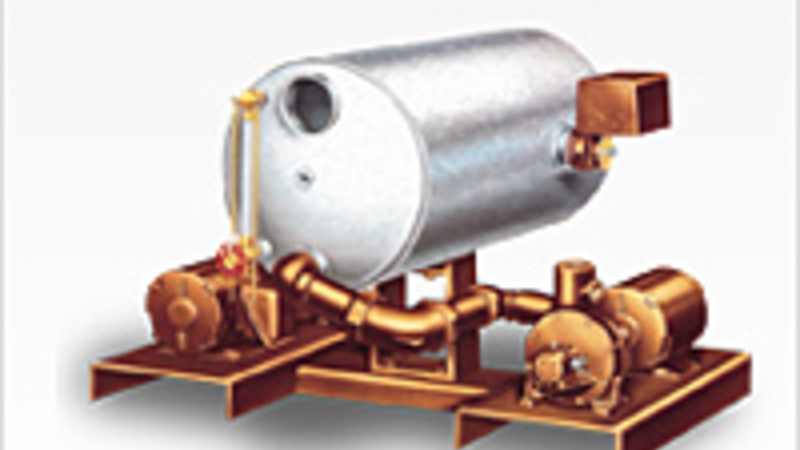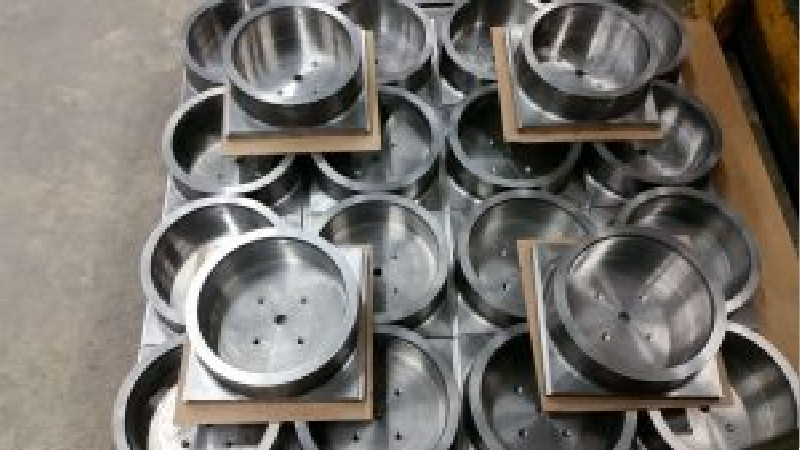Stainless steel is popular metal for various industrial applications. Its durability and high degree of corrosion resistance make it ideal for components in the aerospace, automotive and construction industries. However, stainless steel machining can be challenging. Experts classify its maintainability rate as low. Yet, there are ways to reduce the potential risks and arrive at successful results.
Factors to Consider
When it comes to stainless steel, machinists need to take the process seriously. Avoid manual machining unless the intent is to produce simple forms. For more complex operations, turn to CNC machines running on CAD/CAM software. When the intent is to machine stainless steel, consider the following factors:
• Steel Grade: The stainless steels most commonly used in the machining process fall into the austenitic classification. These include grades 304 and 316
• Tool materials: High-speed steel such as tungsten or molybdenum or cemented carbide is an option. However, the more common material for tool construction are cemented carbides when higher levels of speed are requisite
• Tool condition: When you are machining stainless steels, always keep the cutting edges of the tools sharp. This not only optimizes the life of the tools by reducing breakage and power demands but also improves:
◦ Accuracy
◦ Component finish
◦ Tolerances
◦ Productivity level
• Lubrication: When machining using stainless steels, it is critical to employ cutting fluids. The two options are:
◦ Mineral oils
◦ Emulsifiable oils
The type depends upon the type of stainless steel undergoing machining and the speeds involved in the process.
Success in Stainless Steel Machining
When it comes to machining metal, stainless steel proves to be more challenging than some others are. The risk of serious issues is high. However, by choosing the right grade and adjusting for other factors goes a long way towards producing successful results. Always take into consideration such factors as speed, tool material, tool condition and lubrication when the customer demands involve stainless steel machining.


